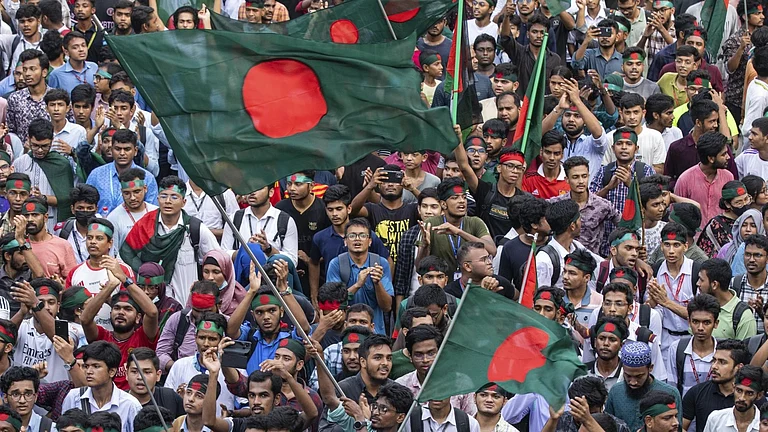Hou, the Nagas! Not the Kumbh variety, but the real McCoy from the simplified collective—for everyone’s convenience—called the Northeast. This is tricky territory; this Nagaland, this incontrovertible paradox for plain plains-folks. But for once, let’s peek beyond that panoptic view, that visceral, evocative portrait of a land filled with headhunters, dog-eaters, masked insurgents, and all that which fires popular imagination outside the rolling hills, valleys, streams, lush paddies and village morungs, those bachelor longhouses. And discover a Nagaland, more precisely Kohima, through the eyes of Khonuo and Kevinou—an Angami mother and daughter—growing up in two tumultuous times that define the place.
That’s Easterine Kire’s A Respectable Woman—set in her dearest Kohima, a township bombed-out in World War II transitioning to a modern city, offering education, electricity and bootlegged rum. Her latest work—equal parts fiction, history and a call-out against social demons—treads deja vu territory for admirers. The Angami poet-author, who with Temsula Ao is the most-recognised export from Nagaland in contemporary English literature by women, follows her trademark style of keeping an eye on the rearview mirror to navigate through quintessential Naga time and space.
This book has a hint, or a whiff, of A Terrible Matriarchy (2007), a young girl’s growing-up years on a restrictive grandma’s watch. Or, her 2003 novel Sky is My Father: A Naga Village Remembered, a tactile account of the British-Naga skirmishing relationship in the 19th century. Or, Mari (2011), which also talks of the Japanese invasion of Kohima. But still, A Respectable Woman unfurls itself in unexpected ways.
The book is divided into two broad sections and a tailpiece. It starts with Khonuo’s post-war Kohima (she was 10 when the Japanese invaded), a generation’s DIY effort to stoically rise above grinding difficulties and rebuild their war-torn lives. “We are people who know what it is like to lose everything almost overnight, homes, loved ones, and life as we knew it before the war,” Khonuo says. It tells how the Nagas had come to terms with the British masters, who in turn divided their land between India and Burma in 1947, ignoring appeals for sovereignty. Thus began the Naga armed resistance, India’s longest insurgency that attracted troops, killings, rape, guerilla ambushes et al. Each side thought they’re playing by the rules.
The second half is Kevinuo’s Kohima, in the throes of the resistance, curfews, gunshots, bombings, school, college, football, career, funerals, weddings, wife-beatings, rice wine in drinking dens, post-prohibition moonshine. A modern Kohima takes shape with cafes, bazaars, and more killings.
Kire sticks to a straightforward style, a simple narrative in the oral tradition, almost newspaperish in its pithiness that seldom accommodates adjectives. This is a stir-fry served with an aim to palliate hunger and stimulate the intellect. Like when a young Kevinuo thinks of sending food to hungry children in India when she was told about them as a reminder to finish her meal. It’s not a strange thought. It tells us how a self-sustained society never allows its children to go hungry. Each of these ingredients brings its own UNIque taste and texture to the mix. Close your eyes and feel the herky-jerky rain beating on the tin roof.


























